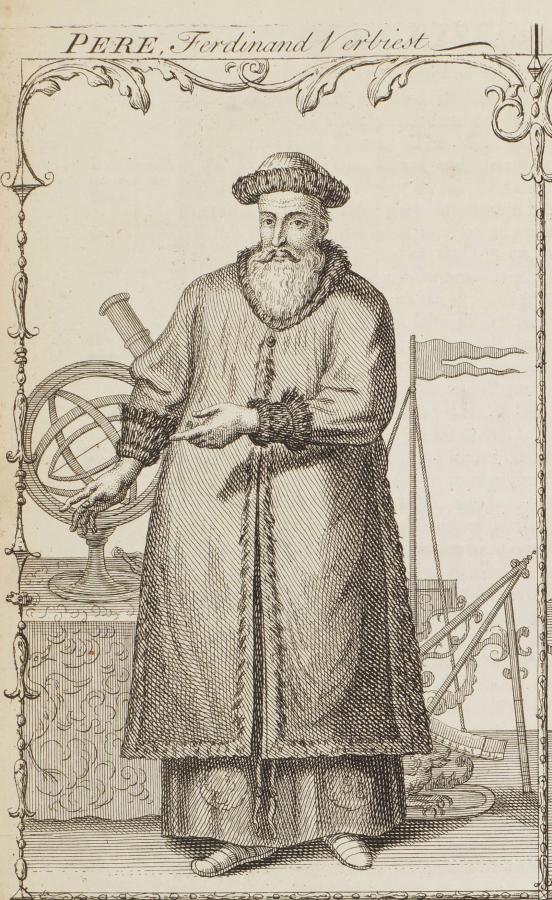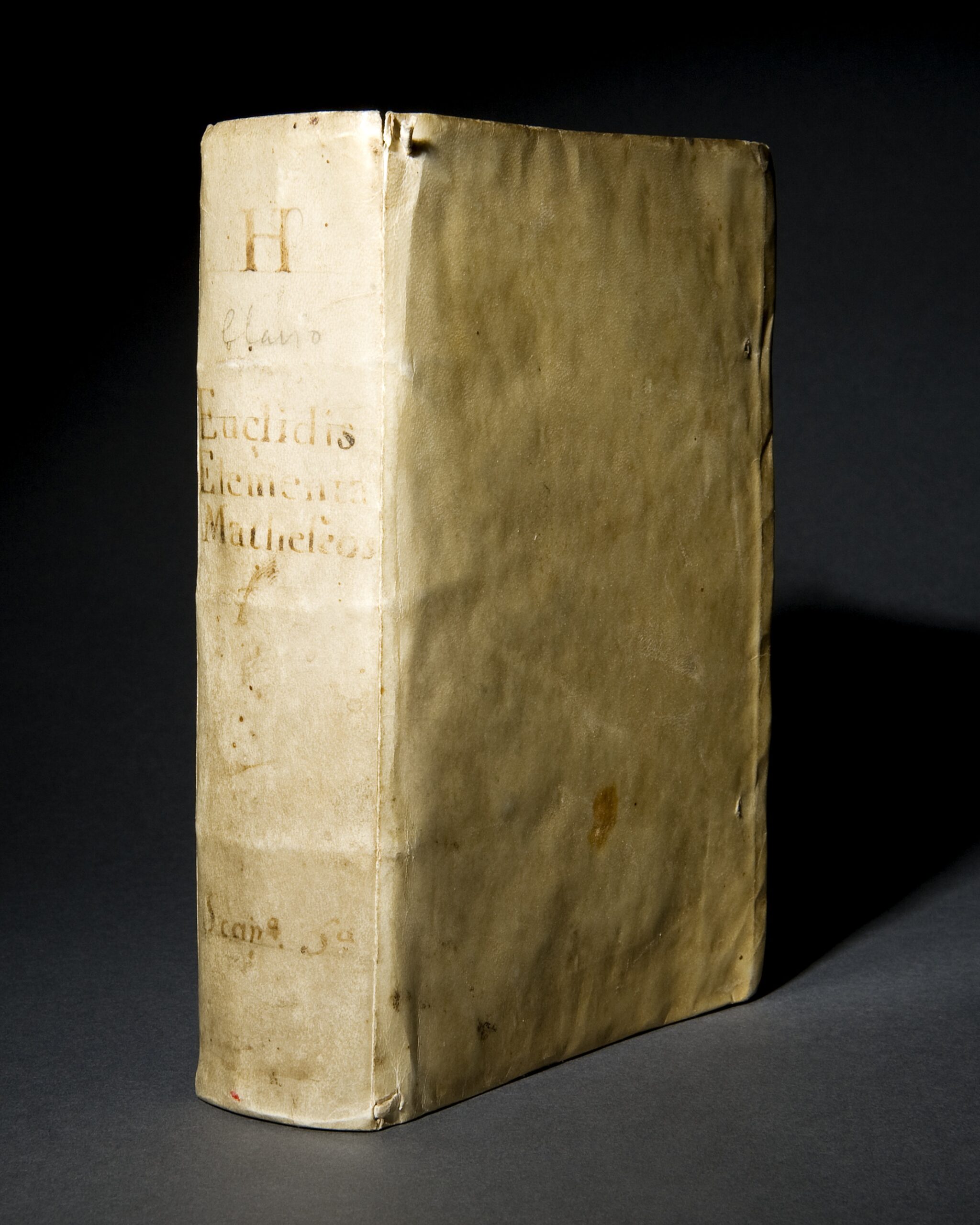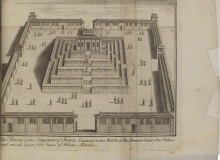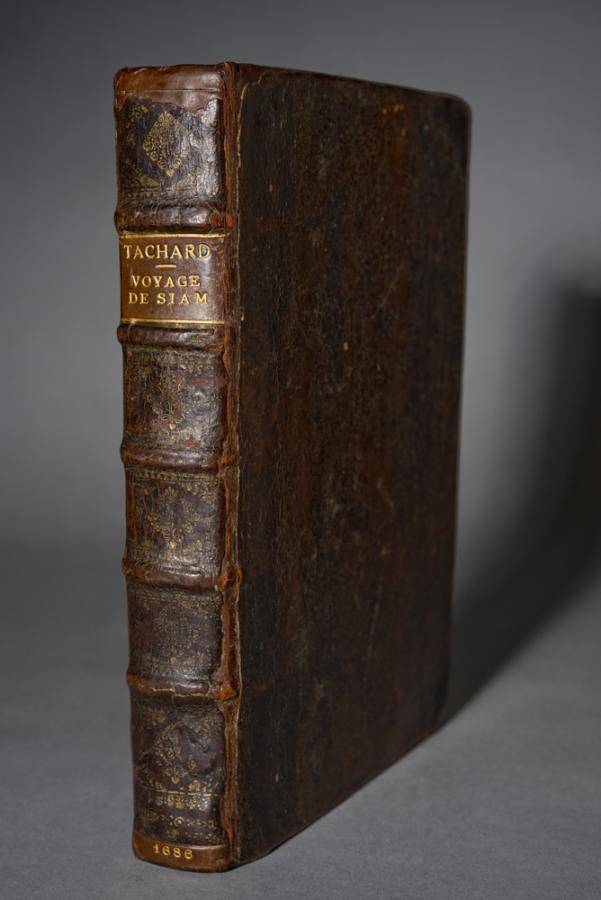Ferdinand Verbiest



Ferdinand Verbiest was a Flemish Jesuit who followed in the long line of Jesuit priests and brothers who combined their missionary work with humanistic enquiry. Verbiest joined the Jesuits in 1641 and travelled to China in 1658, accompanying one of the China mission procurators, Martino Martini, and the more than thirty other missionaries that Martini had recruited. Verbiest began his work in rural China but was quickly called to Beijing to assist Johann Adam Schall von Bell in the work of astronomy, in 1660.
During a period of anti-Christian persecution, which began in 1664, Verbiest’s scientific skills were able to bring help to the beleaguered Christians. In 1668 the emperor demanded that the European Christian astronomers engage in a scientific skills test with the Chinese astronomer who had been leading the charge against the missionaries and their presence in the kingdom. Verbiest was better able to predict a lunar eclipse, accurately track the path of the sun and determine the position of the planets. Subsequently he was appointed the President of the Bureau of Mathematics, which was an important position given the emperor’s need to conduct activities on auspicious days, and the persecution of Christians was halted.
As president of this official government department, Verbiest was involved in manufacturing scientific instruments for the emperor, including such things as celestial globes and sextants. These can still be seen in Beijing. Later, he was also promoted to the President of the Bureau of Public Works and in that position he made over one hundred cannon for the emperor – not quite the usual work of a priest!
In addition to these endeavors, Verbiest was involved in making maps of China, in writing books on science and in promoting the activities of the Jesuits back in Europe. He even sent a Chinese missal to the pope as one means of publicizing the work of the mission. The procurator sent to Europe at this time, Philippe Couplet, also managed to find Verbiest’s replacement, in that included in the missionaries who accompanied him on his return were a number of French Jesuit mathematicians and scientists who subsequently began working at the Bureau of Mathematics. Upon his death in Beijing in 1688 the emperor gave him a lavish funeral and his gravesite can still be visited today.
Related Items

As the capital of China since the Ming dynasty, this was an important destination for Ricci and his fellow Jesuits.

Translation of Euclidean geometry into Chinese
Ricci and his fellow Jesuits relied on their learning, including mathematical principles, especially as they had been taught these by Jesuits like Clavius.

